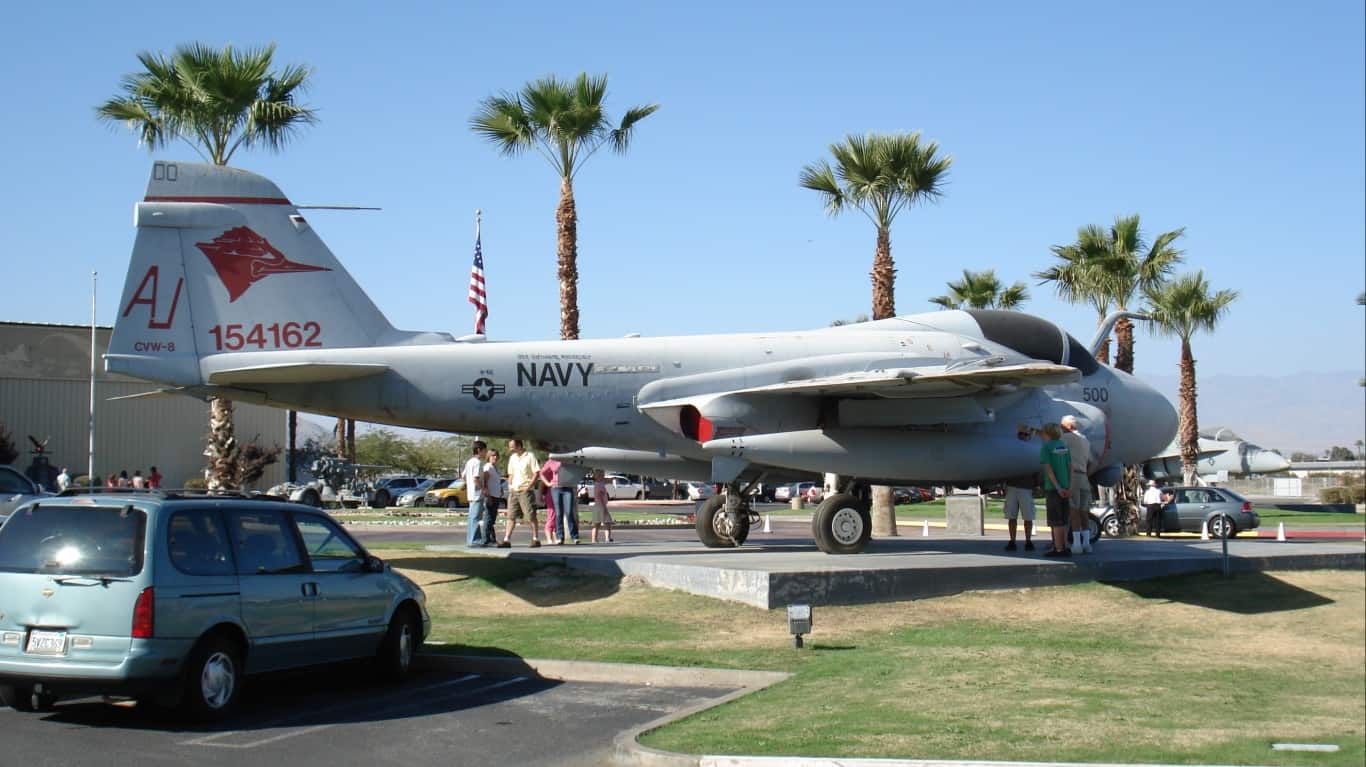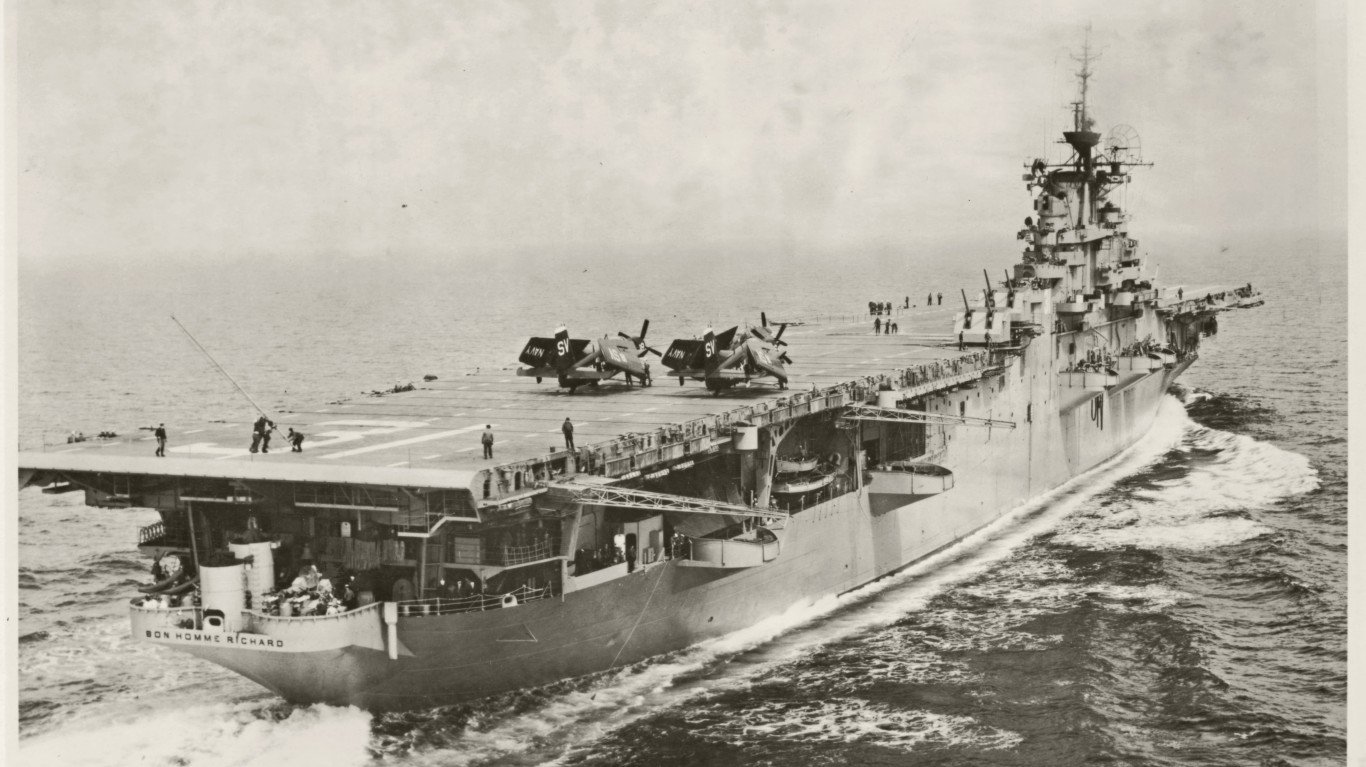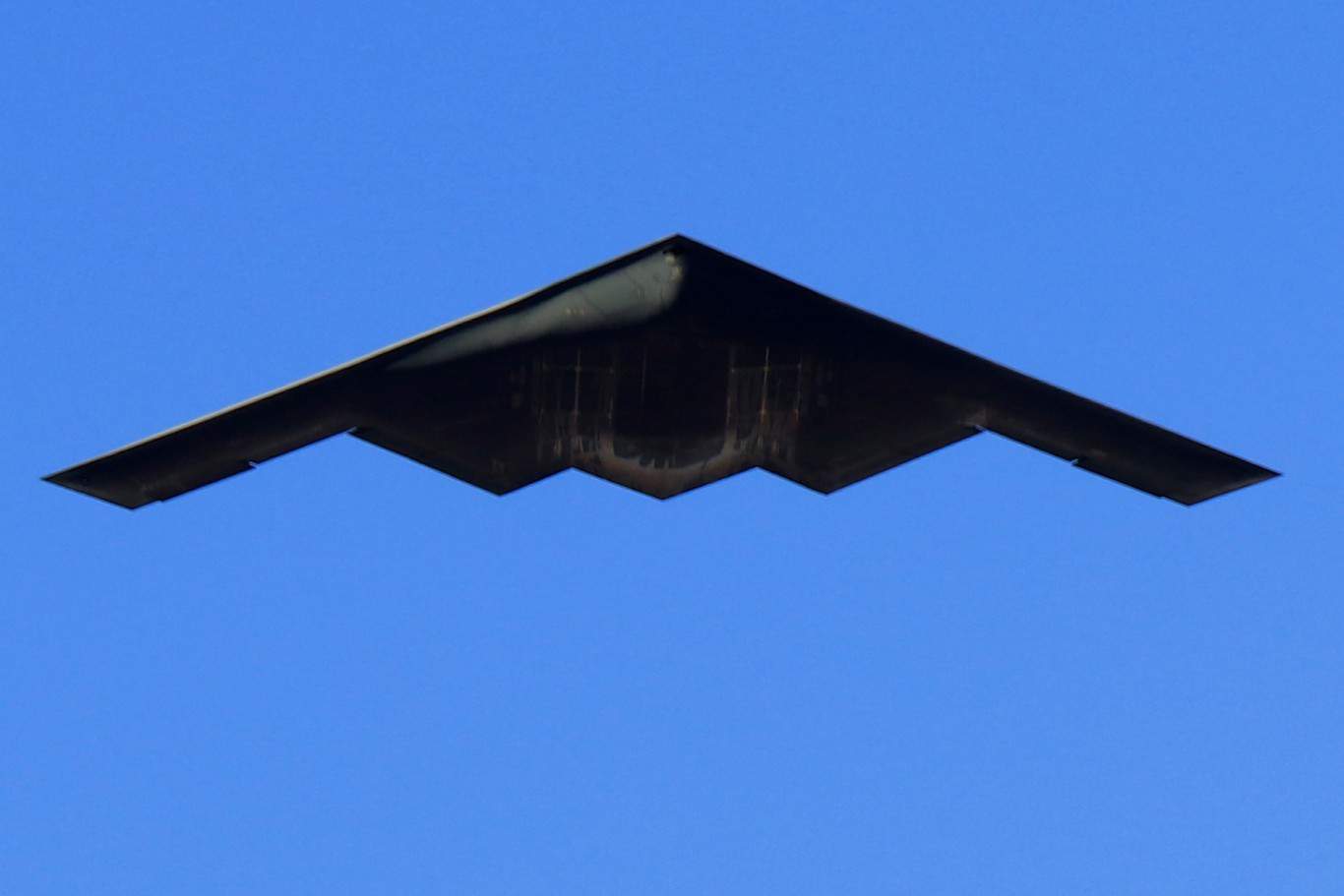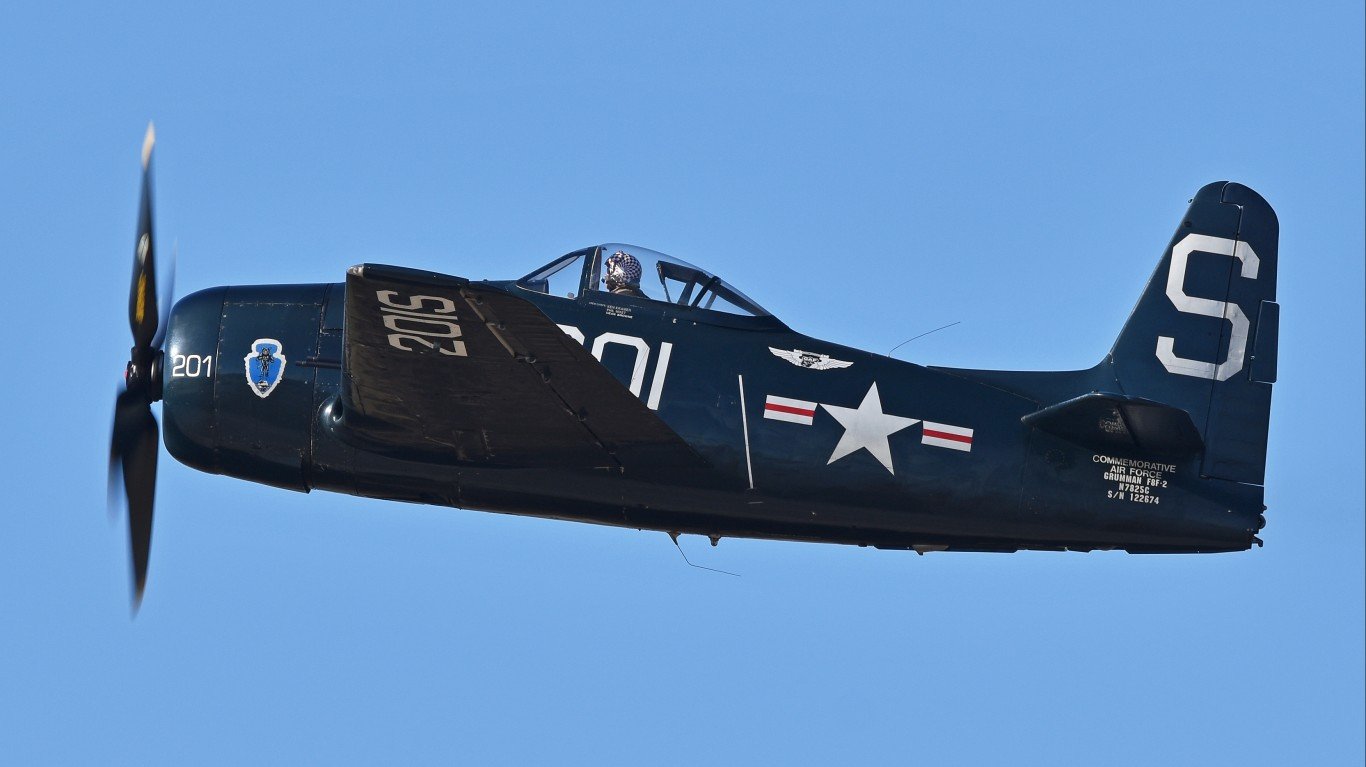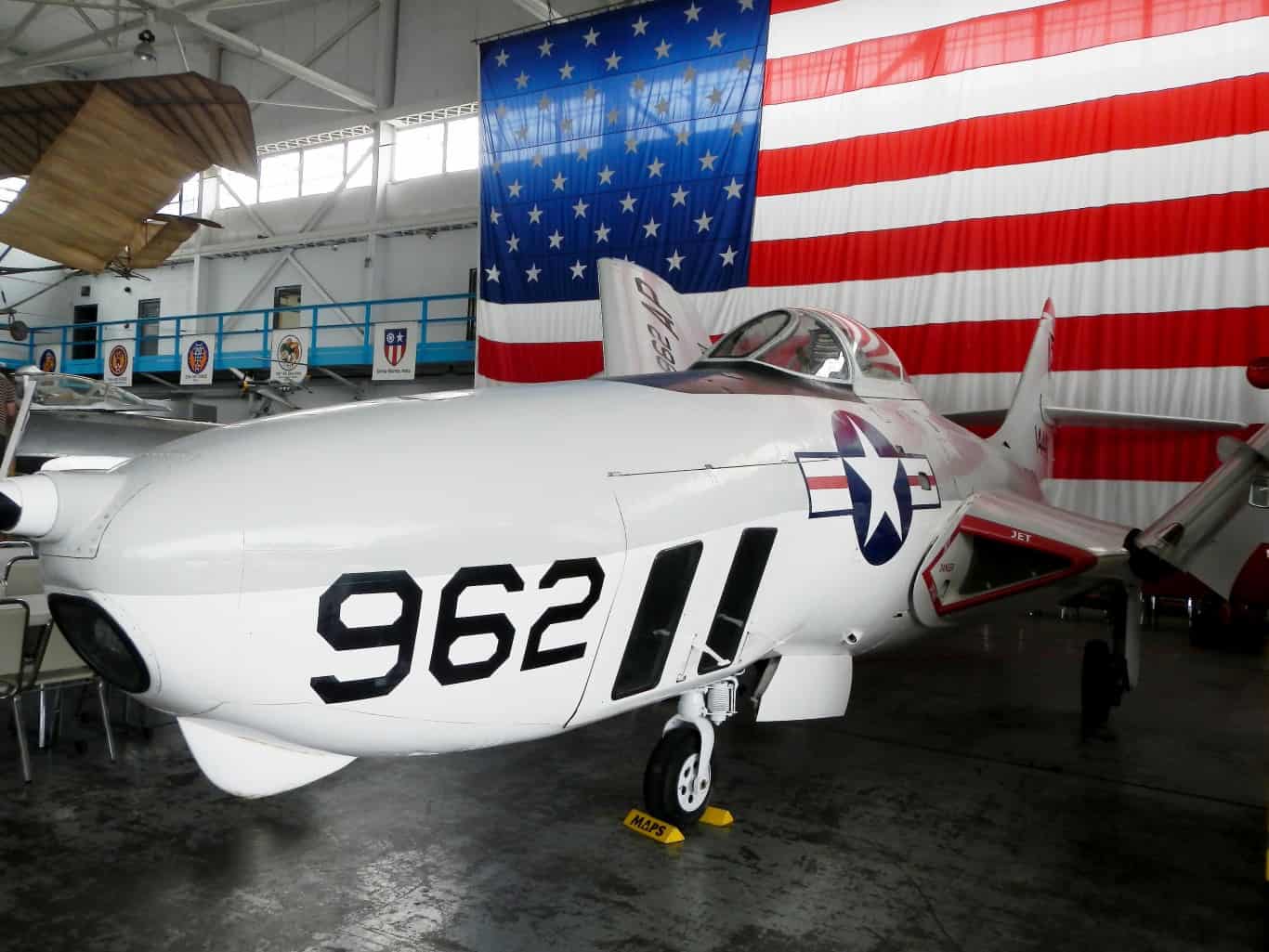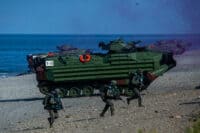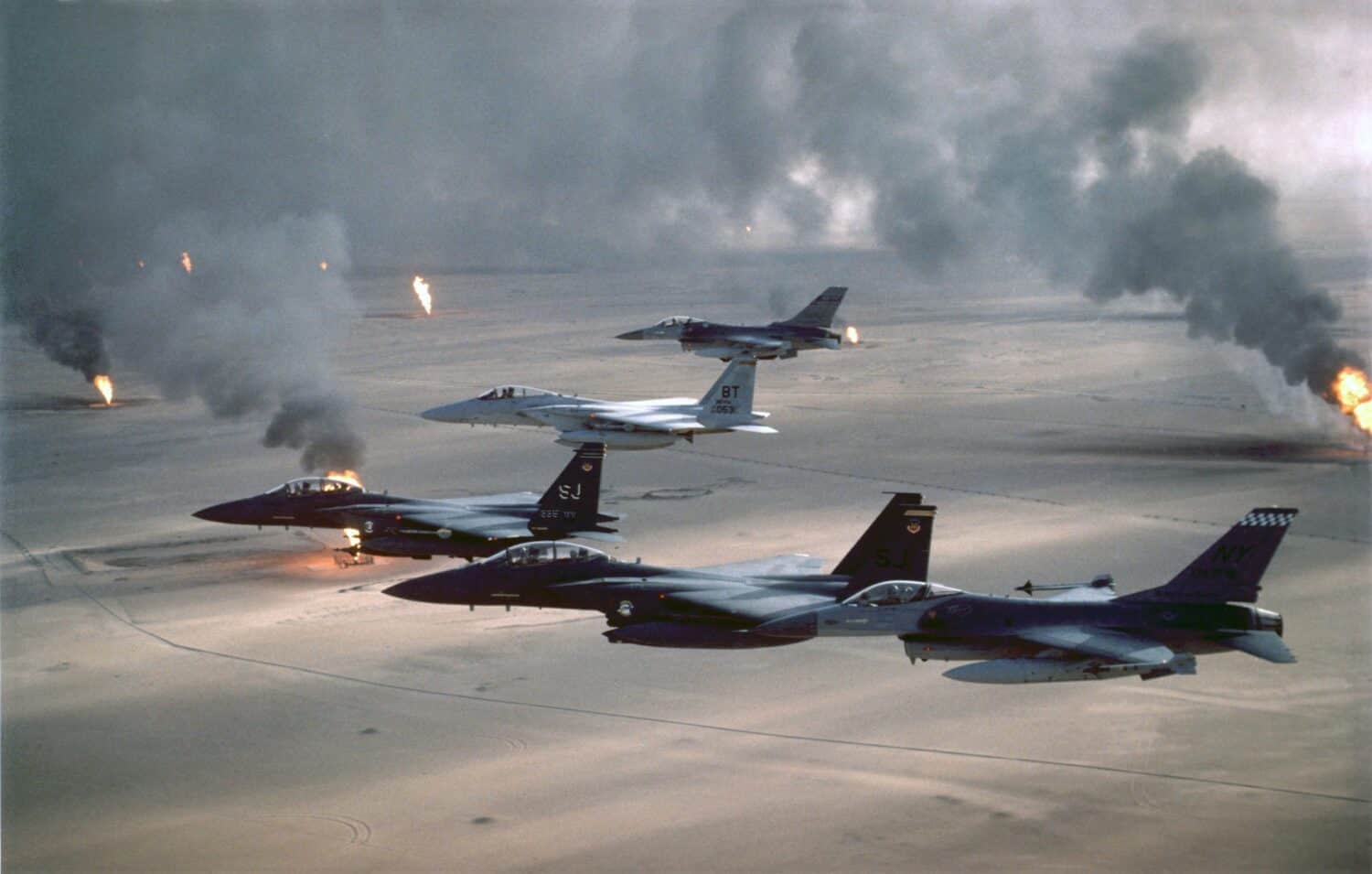

One of these manufacturers is Northrop Grumman. They are known as one of the world’s biggest aerospace and defense companies, with over 95,000 personnel on their payroll and revenues exceeding $36 billion in 2022. Northrop Grumman produces arms, vehicles, aircraft, and more worldwide. There is a reason for their success: their products are iconic and often the “crown jewel” in any military arsenal. Before merging in 1994, Northrop Corporation and Grumman Corporation operated separately, playing important roles in WWII and other major military actions through the present day.
Presently, Northrop Grumman is the leader in developing and producing the B-21 Raider, a next-generation stealth bomber poised to enter service with the U.S. Air Force. However, this is just one in a long line of impressive pieces in their well-established portfolio.
24/7 Wall Street reviewed a catalog of aircraft from Military Factory, an online database of arms, vehicles, and aircraft used by militaries globally. Aircraft before and after the 1994 merger are included, but drones and helicopters are excluded. Because of their vast catalog, this list is in alphabetical order. It includes additional information about aircraft type, the year they were first introduced, units manufactured, top speed, and armament.
Why are we covering aircraft manufacturing?
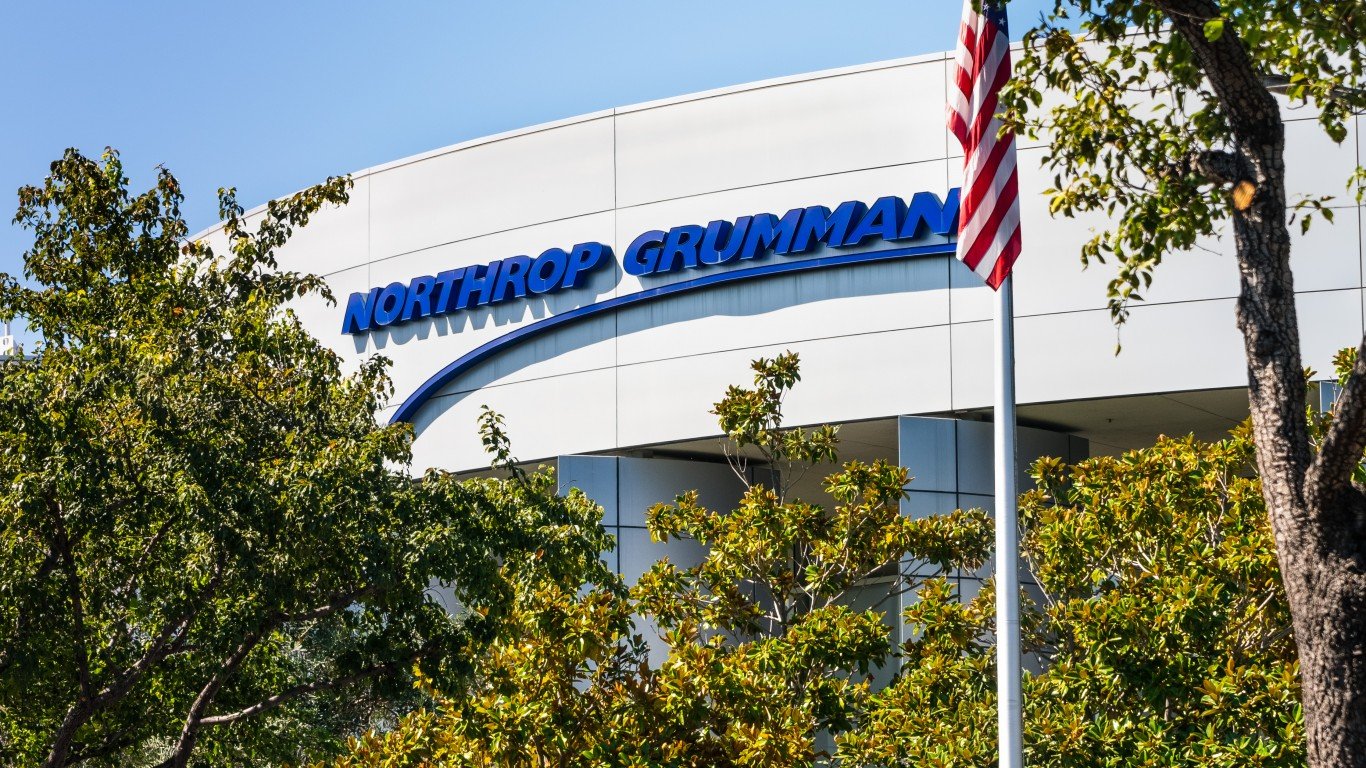
The U.S. Air Force’s mission is to “Fly, fight, and win” airpower anytime, anywhere. Achieving this mission may seem daunting, but they employ five core functions to get them there: air superiority, global strike, rapid global mobility, ISR (intelligence, surveillance, and reconnaissance), and command and control. In fulfilling this mission, an Air Force aircraft departs every 90 seconds, 24 hours a day, each day of the year. Understanding where these aircraft come from is just a piece of knowing the inner workings of this arm of our military, in addition to our US Navy, who also utilize aircraft often.
Here is a look at the most iconic combat aircraft manufactured by Northrop Grumman:
A-6 Intruder
The A-6 Intruder is a carrierborne heavy strike aircraft introduced in 1963. 693 units were eventually produced. Reaching speeds of 644 mph, this heavy strike aircraft packed a punch with its arsenal, including cluster bombs, Maverick missiles, Harpoon missiles, HARM anti-radiation missiles, Sparrow missiles, and Paveway II/III laser-guided bombs. It was finally retired in 1997 after serving in its last combat missions in Bosnia circa 1994.
AF Guardian
A carrierborne anti-submarine warfare aircraft, the AF Guardian was introduced in 1950 as the US Navy’s first anti-submarine warfare craft. By 1955, when it was retired, 389 units had been produced. The AF Guardian reached top speeds of 317 mph and carried conventional drop bombs, depth charges, torpedoes, and rockets.
B-2 Spirit
The B-2 Spirit is a strategic heavy stealth bomber introduced in 1997 and first used in the Kosovo War between 1998 and 1999. Despite its advances in technology and detection, only 21 units were produced due to the cost of housing them when not in use. This is also why the U.S. military created a “retire, not repair” policy. This aircraft could reach top speeds of 628 mph and boasts air-launched cruise missiles, nuclear bombs, conventional drop bombs, joint-direct attach munitions, and air-to-surface stand-off missiles.
B-21 Raider
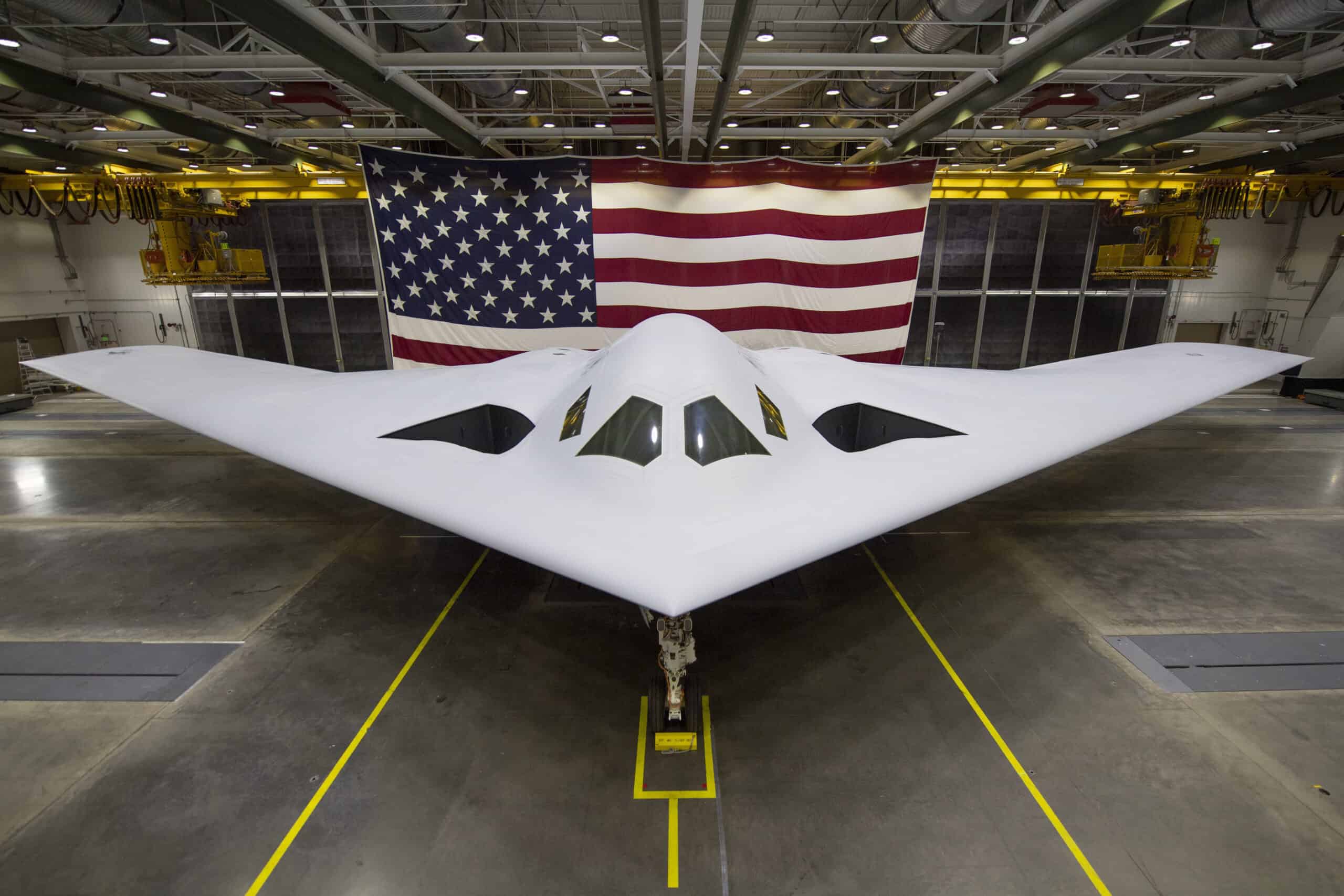
Currently under development and expected to enter service in 2028, the B-21 Raider is a sixth-generation long-range strategic bomber. It is planned to reach top speeds of 621 mph and will be a “digital bomber” capable of penetrating the toughest defenses. It will carry conventional drop bombs, precision-guided bombs, and nuclear ordnance.
EA-6 Prowler
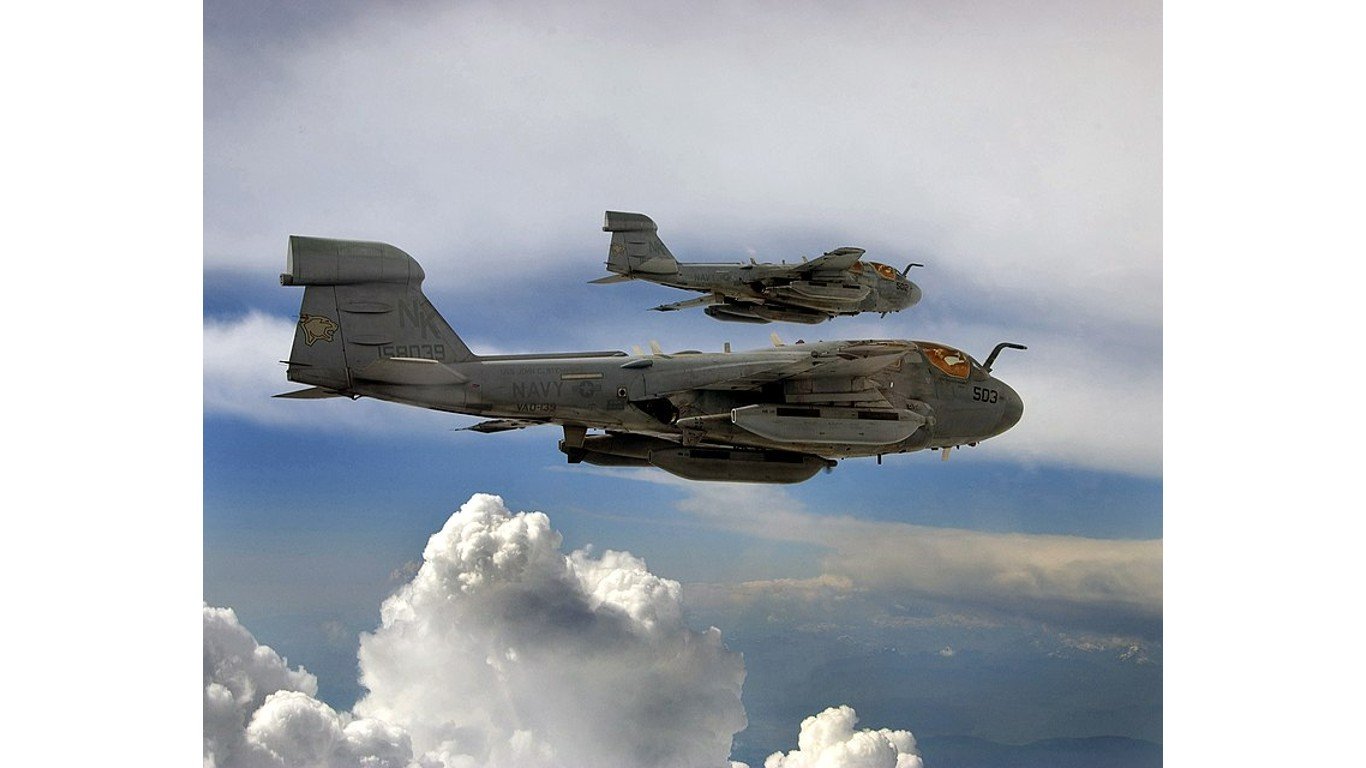
The EA-6 Prowler entered service in 1963 and flew combat missions in North Vietnam as part of Operations Linebacker I and II. 197 units were produced before its retirement in 2019. The aircraft flew at top speeds of 652 mph and carried HARM anti-radiation missiles and ALQ-99 tactical jamming systems mission pods.
F-14 Tomcat
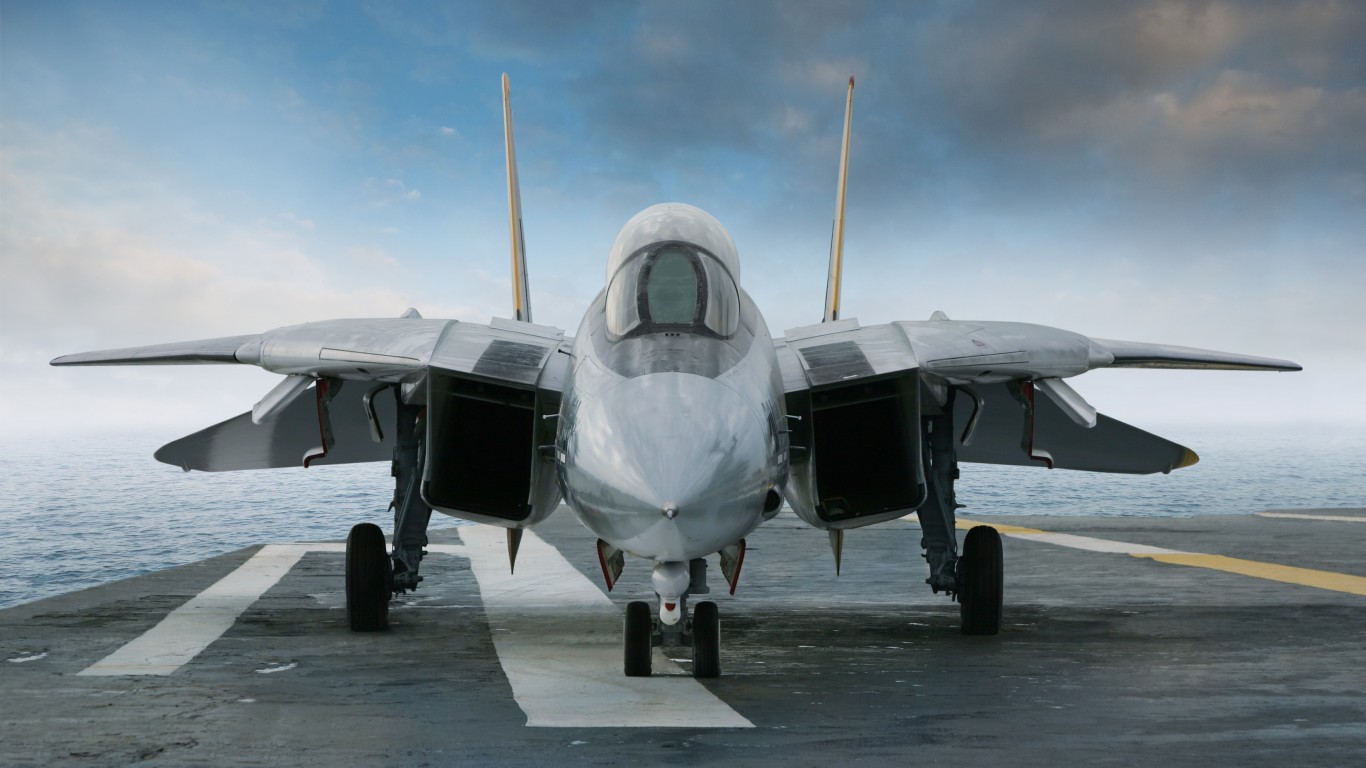
The carrierborne fleet defense fighter, F-14 Tomcat, was introduced in 1974 and flew its first mission in August 1981. It saw extensive combat during the Gulf War, Iraq, and Afghanistan before retiring in 2006 after 712 units had been produced. This fighter reached the amazing top speeds of 1,544 mph. It carried a wide variety of armament, including 20mm M61A1 Vulcan internal cannon, Phoenix missiles, Sidewinder missiles, laser-guided bombs, joint direct attack munitions, and precision-guided bombs.
F-35 Lightning II
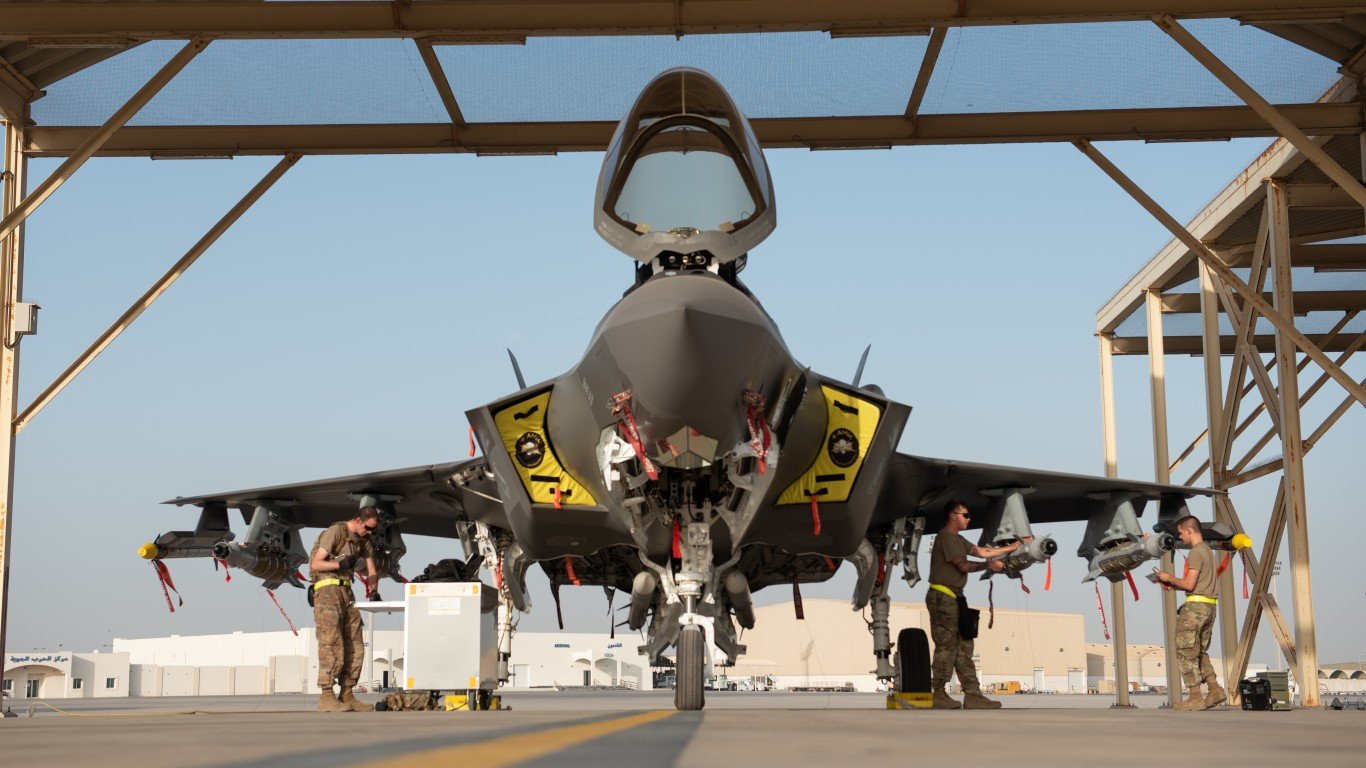
The F-35 Lightning II is a fifth-generation multirole strike fighter aircraft introduced in 2016. So far, 785 units have been produced. With speeds of 1,199 mph, this sleek aircraft carries a 25mm GAU-12/U internal automatic cannon, Sidewinder missiles, Paveway I/II guided bombs, cluster bombs, Stormshadow crusie missiles, conventional drop bombs, air-to-air missiles, and air-to-surface missiles.
F-5 Freedom Fighter / Tiger / Tiger II
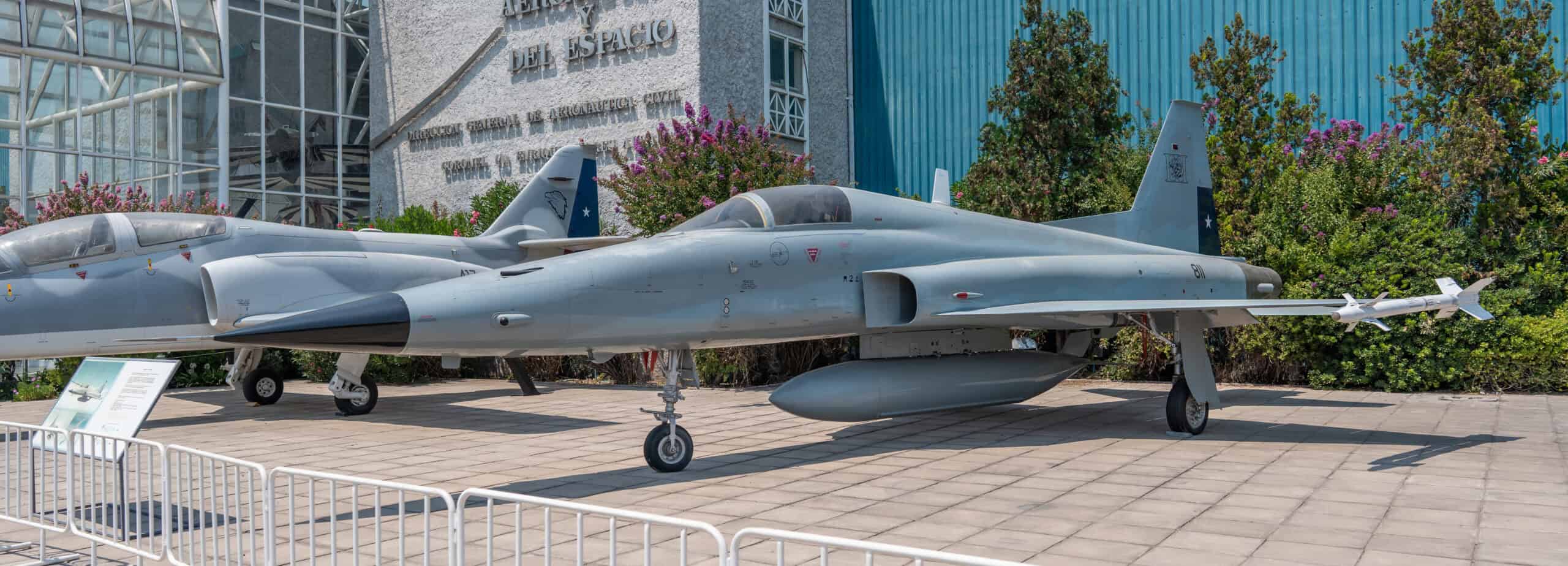
The F-5 Freedom Fighter / Tiger / Tiger II is a lightweight multirole aircraft introduced in 1962. It was chosen as the new all-purpose fighter the US would supply to anti-communist allies under the Mutual Aid Pact, and 2,246 units were produced. This aircraft reached speeds of 1,077 mph and carried 20mm M39A2 internal automatic cannons, Sidewinder missiles, Maverick missiles, and rocket pods.
F-89 Scorpion
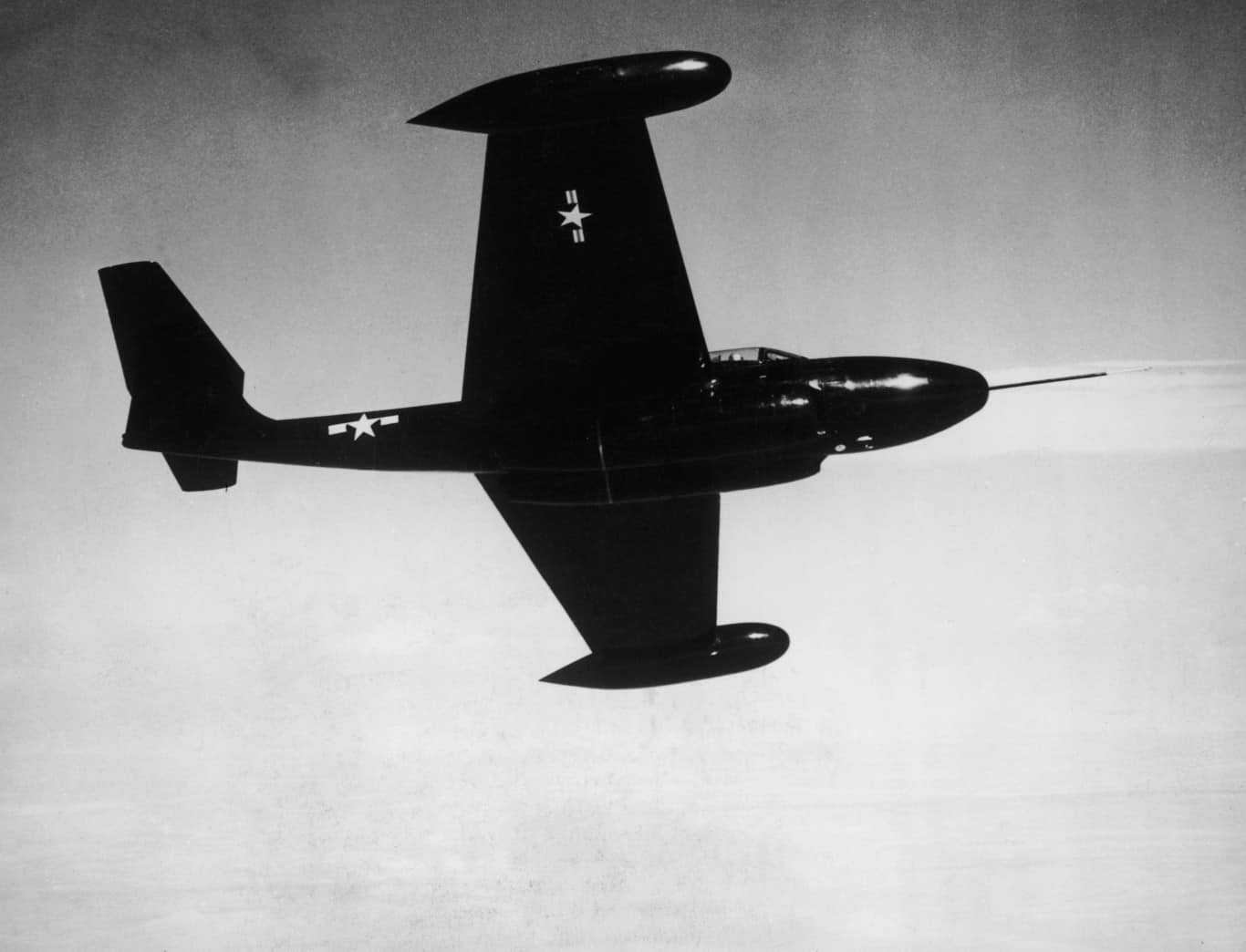
The interceptor aircraft, F-89 Scorpion, the first to fire a Genie test rocket, the first time in history that an air-to-air rocket with a nuclear warhead was launched and detonated. It was introduced in 1950, and 1,050 units were produced before its retirement. It reached top speeds of 636 mph and carried 20mm T-31 internal automatic cannons, Mighty Mouse rockets, and Falcon missiles.
F11F / F-11 Tiger
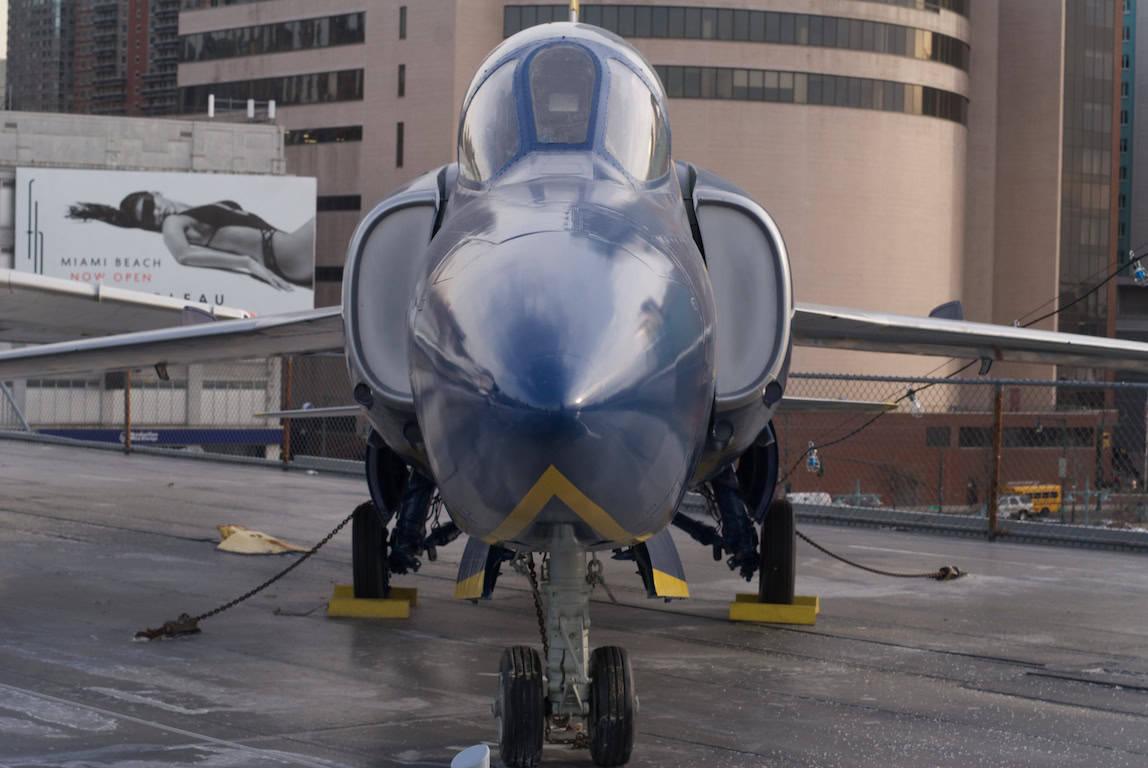
The carrierborne fighter aircraft, F11F / F-11 Tiger, was introduced in 1956 and notably flew with the Blue Angels from 1967 to 1969. After 201 units were produced, it was retired in 1969. This aircraft flew at 750 mph and carried 20mm Colt Mk 12 internal automatic cannons and Sidewinder missiles.
F3F
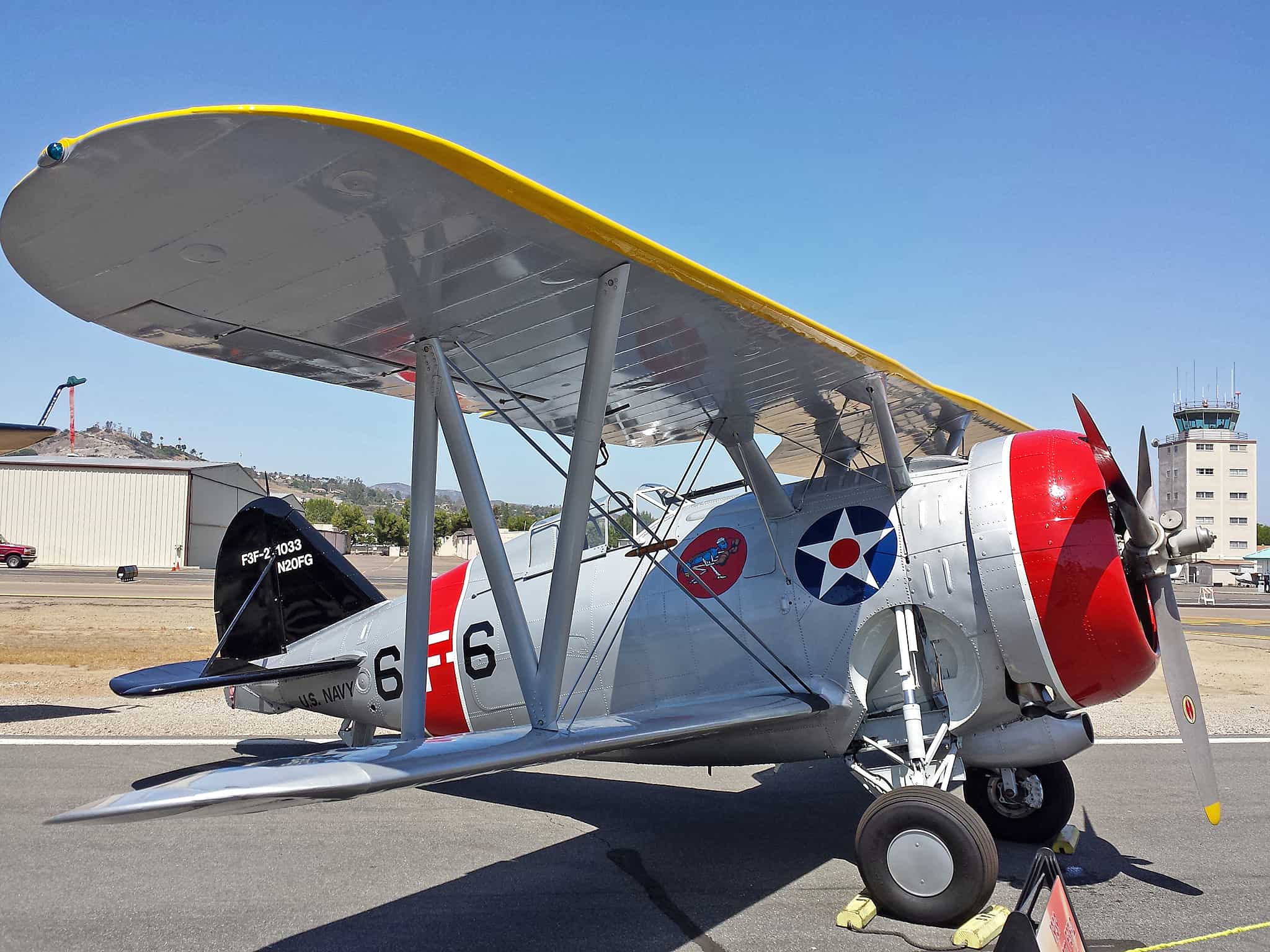
The F3F is a carrierborne biplane fighter aircraft first introduced in 1936 and was the last biplane to be delivered to the U.S. military. 147 units were produced before it was retired in 1943. It reached top speeds of 264 mph and carried 7.62mm Browning M1919 machine guns, 12.7mm Browning M2 heavy machine guns, and conventional drop bombs.
F4F Wildcat
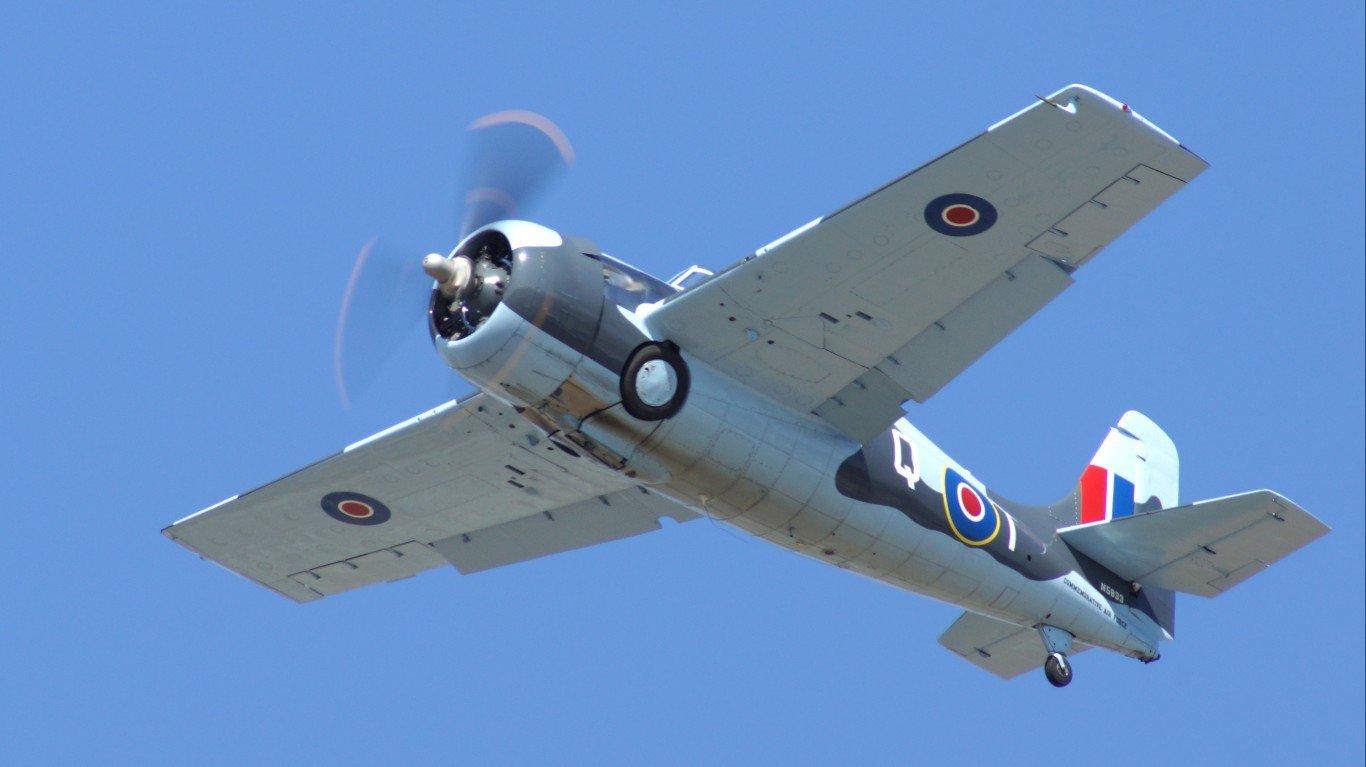
The F4F Wildcat was a carrierborne monoplane fighter aircraft first introduced in 1940 and was the Navy/Marine Corps’ premier fighter until late 1942. Because of its status, it is no wonder that 7,722 units were produced before its retirement in 1945. The F4F boasted a top speed of 332 mph and carried 12.7mm Browning M2 machine guns and conventional drop bombs.
F6F Hellcat

The F6F Hellcat, a carrierborne fighter-bomber aircraft introduced in 1943, was a top fighter in World War II. In the 11 years it remained in service, 12,272 units were produced. It reached top speeds of 380 mph and carried 12.7mm Browning M2 heavy machine guns, 20mm automatic cannons, Tiny Tim unguided rockets, conventional drop bombs, and torpedoes.
F8F Bearcat
The F8F Bearcat was introduced in 1945 as a carrierborne fighter/interceptor aircraft. It was first used in combat during the French-Indochina War. In 1951, the U.S. government began providing Bearcats to the French Army, and nearly 200 were delivered that year. Production ended in 1949 after 1,266 units were produced. The F8F reached top speeds of 421 mph and carried 12.7mm machine guns, 20mm cannons, rockets, and conventional drop bombs.
F9F Cougar
The F9F Cougar was a carrierborne fighter aircraft was introduced in 1952. By the mid-1950s, the Cougar was the most prevalent carrier-based fighter in service, and 1,392 units were produced when it was retired in 1959. It reached top speeds of 647 mph and carried 20mm M2 cannons, air-to-surface rockets, Sidewinder missiles, and conventional drop bombs.
F9F Panther
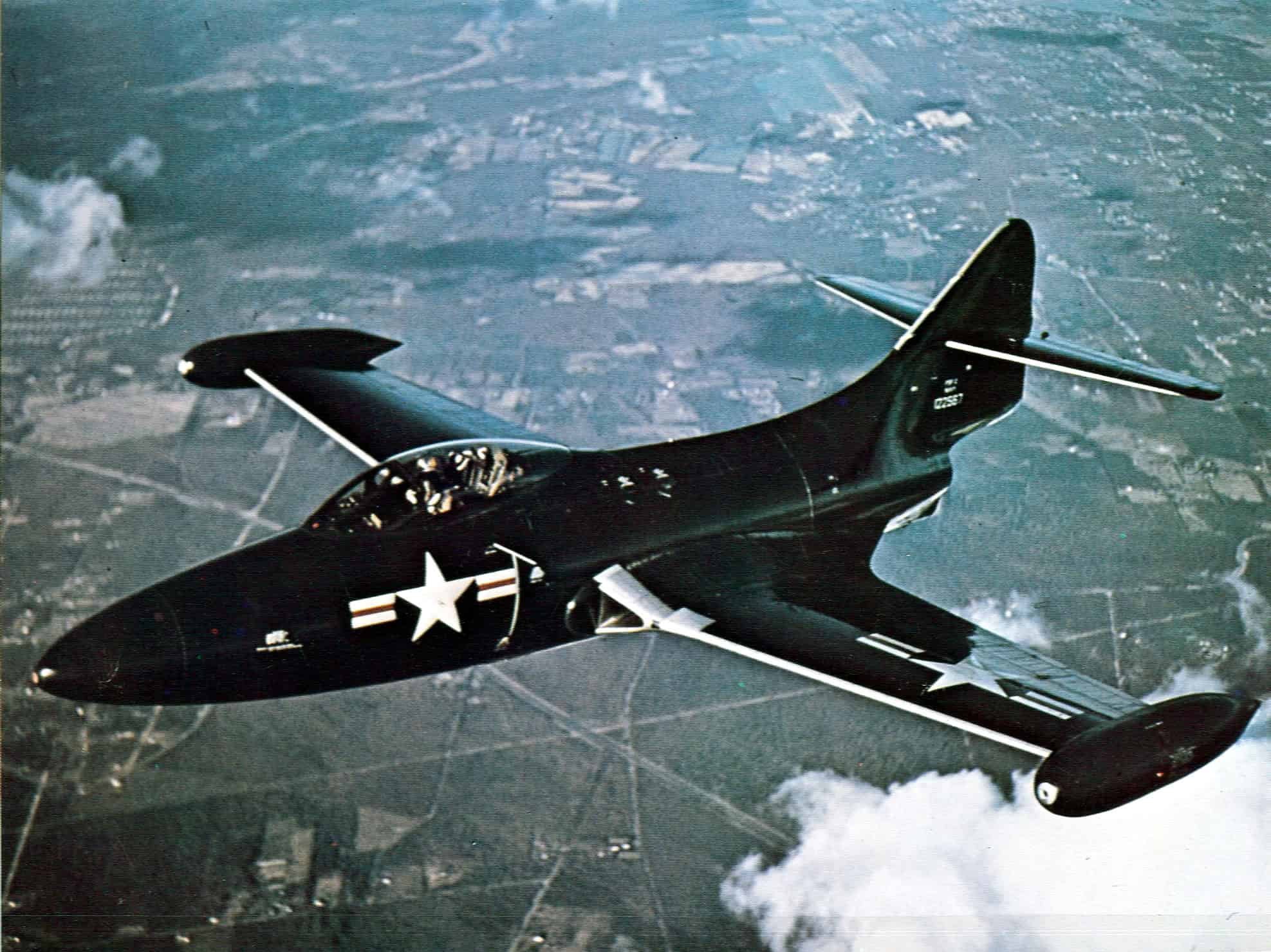
The F9F Panther was a carrierborne fighter aircraft first introduced in 1949 and was immediately placed into service during the Korean War by 1950. It was retired in 1958 after 1,382 were produced. This aircraft reached top speeds of 545 mph and carried 20mm M2 cannons and air-to-surface rockets.
N-3PB Nomad
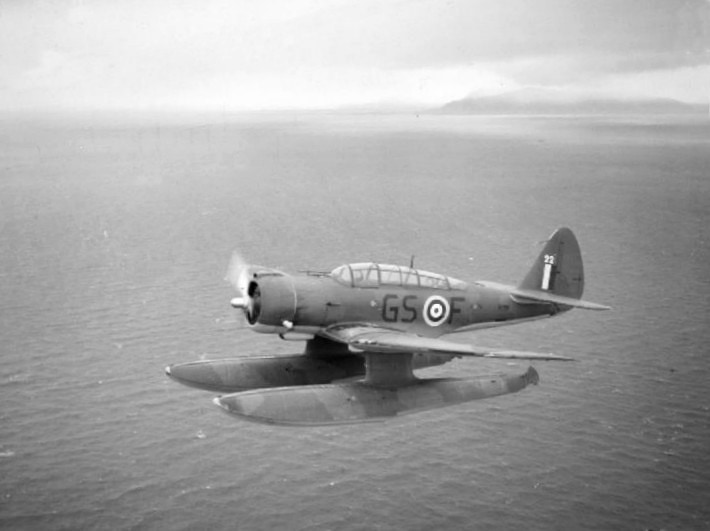
The N-3PB Nomad was used as a reconnaissance and bomber floatplane. It was first introduced in 1941, and 24 units were produced. It reached a top speed of 257 mph and carried 12.7mm heavy machine guns, 7.62mm machine guns, and conventional drop bombs.
Orbital ATK AC-208 Eliminator

The Orbital ATK AC-208 Eliminator is a close-air support and reconnaissance aircraft first introduced in 2008. So far, 50 units have been produced of this model. It reaches a top speed of 214 mph and carries Hellfire air-to-surface missiles and rocket pods.
P-61 / F-61 Black Widow
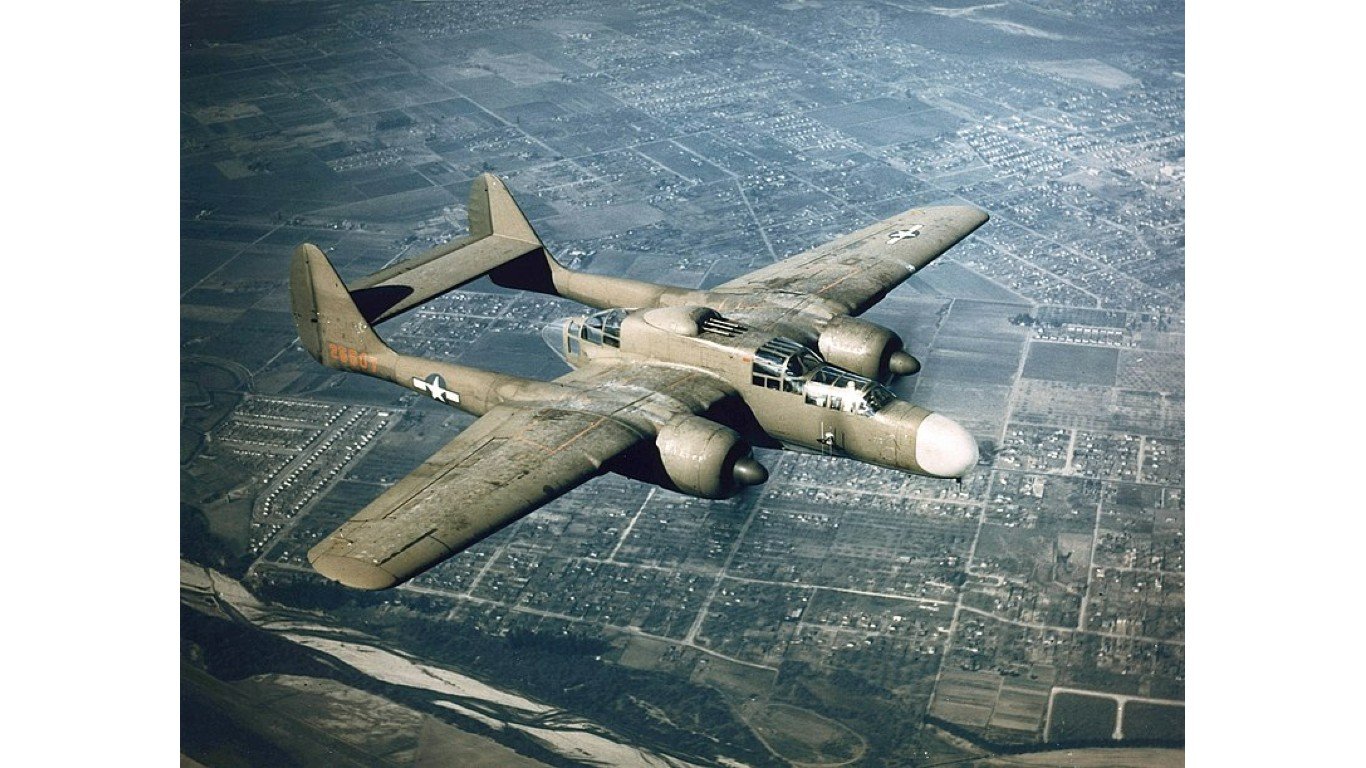
The P-61 / F-61 Black Widow is a night fighter and reconnaissance aircraft, first introduced in 1943. It served its first mission in 1944, seeing action on D-Day and the Pacific theater of war for World War II. By the time the last aircraft retired in 1954, 742 units had been produced. This aircraft reached top speeds of 366 mph and carried 12.7mm Browning M2 heavy machine guns, 20mm Hispano M2 automatic cannons, unguided aerial rockets, and precision-guided bombs.
S-2 Tacker (S2F)
The S-2 Tracker (S2F) aircraft was designed for anti-submarine warfare. It was first introduced in 1954, and by the time it retired in 1976, 1,284 units had been produced. This aircraft reached top speeds of 280 mph and carried torpedoes, depth charges, naval mines, and rockets.
ALERT: Take This Retirement Quiz Now (Sponsored)
Take the quiz below to get matched with a financial advisor today.
Each advisor has been vetted by SmartAsset and is held to a fiduciary standard to act in your best interests.
Here’s how it works:
1. Answer SmartAsset advisor match quiz
2. Review your pre-screened matches at your leisure. Check out the advisors’ profiles.
3. Speak with advisors at no cost to you. Have an introductory call on the phone or introduction in person and choose whom to work with in the future
Take the retirement quiz right here.
Thank you for reading! Have some feedback for us?
Contact the 24/7 Wall St. editorial team.
